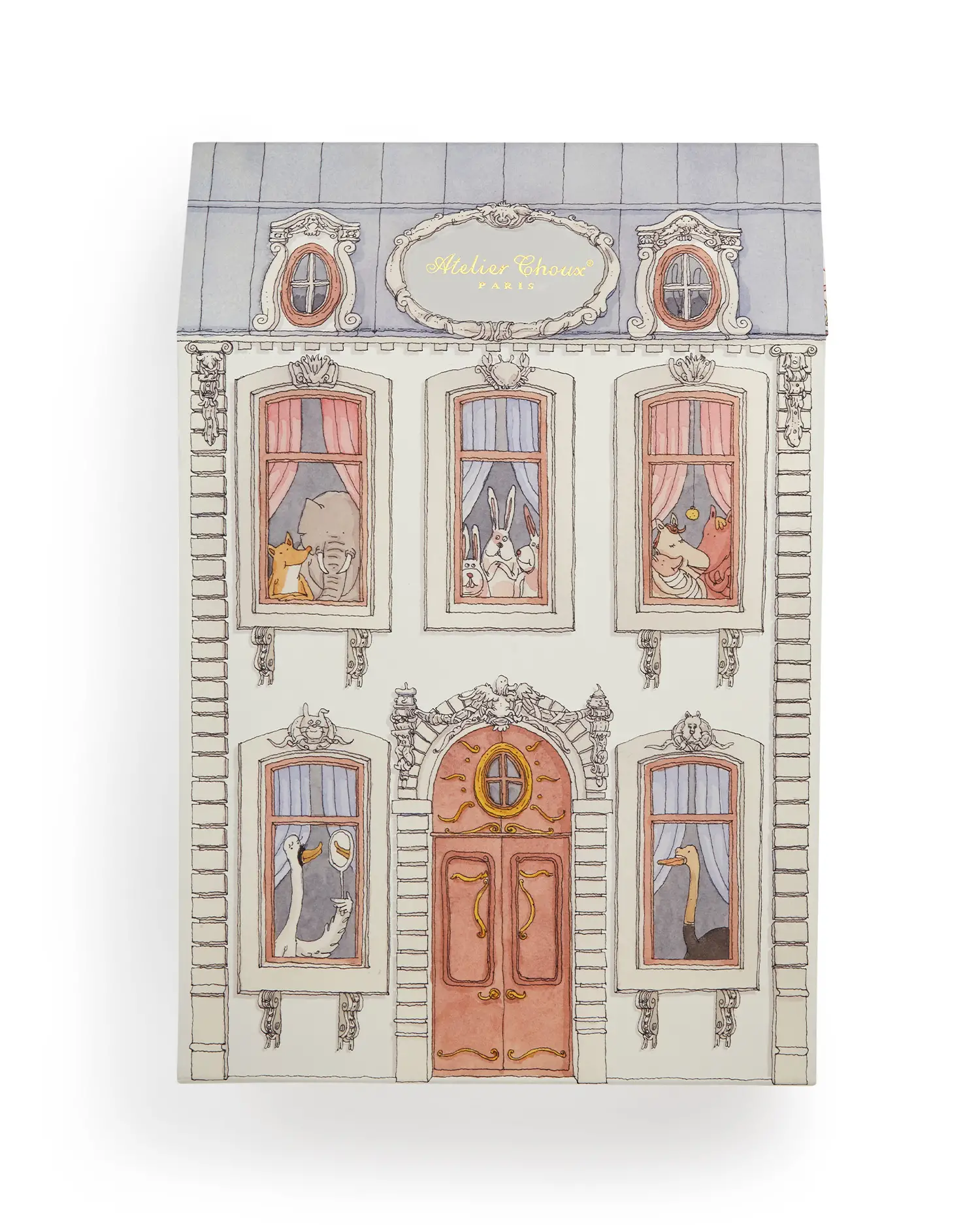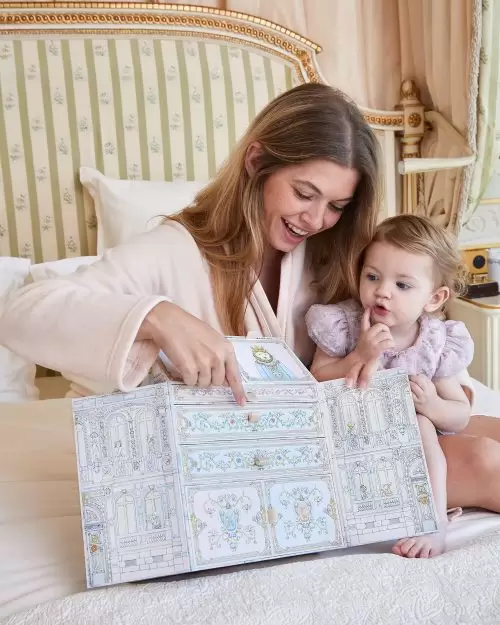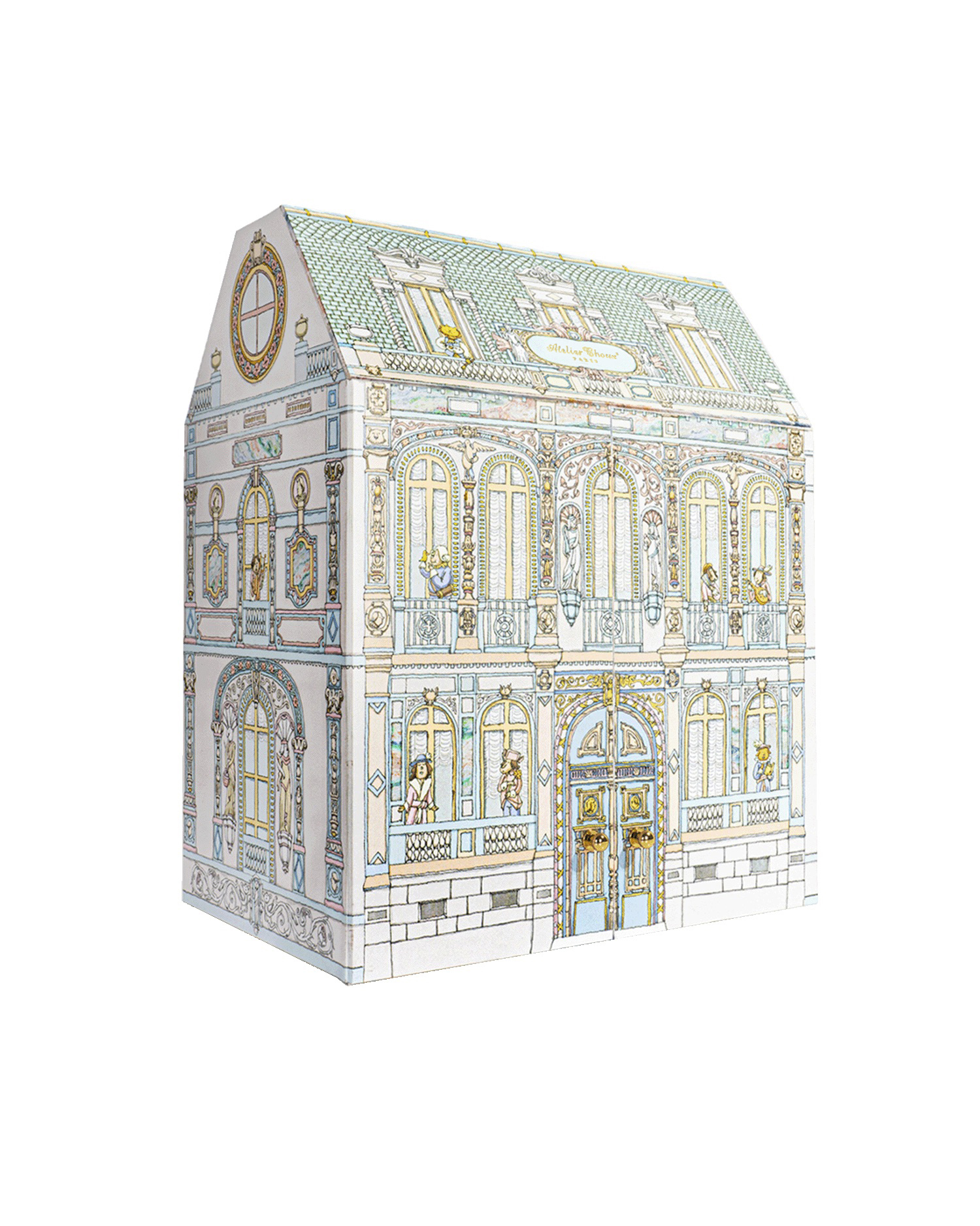Feeding journey
Breastfeeding journey
To Each Her Own
With three children of her own, co-founder of French children’s brand Atelier Choux Daniella knows each baby, each journey is different. And that includes feeding— Daniella took to Paris’ Hôtel de Crillon and Le Meurice to show the special bond present during this time and share her own unique feeding journey with us.
MINI | Can you tell us what inspired these images?
DANIELLA | These images celebrate the beautiful bond between a mother and child while feeding, whether she is doing so from her breast, from a bottle, or a bit of both. My personal journey with breastfeeding has been a positive one, especially in hindsight, and it was a hybrid breast-bottle approach that worked for me when our third child was born. There is so much pressure on moms to choose a method, and after going through this three times now, I’d recommend that moms prepare for both, breast and bottle, without putting so much pressure on one approach versus the other. The journey is led by both mom and bébé and many circumstances that are unknown before bébé is born.

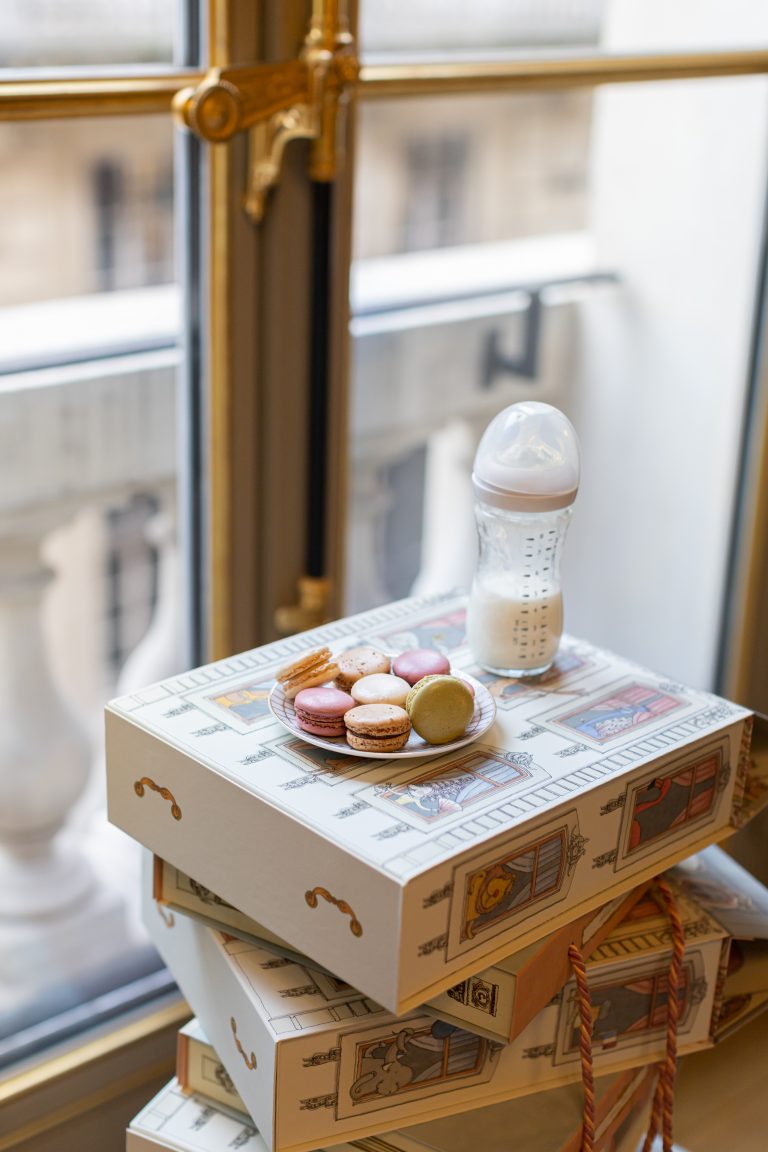
MINI | Let’s talk about your personal feeding journey.
How would you describe your experience?
DANIELLA | With our first two children, who are now seven and five years old, I had a positive experience breastfeeding overall, albeit many of the common challenges. Getting bébé to latch correctly, nipple pain, and engorgement were all part of the experience, but after about two weeks, the milk supply and demand equilibrium was established and the experience become tolerable, fine and… eventually enjoyable. I plead guilty to having a bit of arrogance when bébé number three arrived. Perhaps it was confidence more than arrogance, however this time around I did not prepare at all for my breastfeeding journey. I’m a seasoned expert, right? Here’s when I learnt firsthand that every breastfeeding journey is indeed different. Your bébé is of course different from your other children, and may very well throw in some curveballs.

Our little one arrived a few weeks early and was small at birth, weighing in at 2.5kg or 5.5 pounds. When he was born, I immediately “offered him the breast,” as I did for our other two children. This is a very special moment and I’d encourage everyone who wants to, to try it. However, after about ten days, bébé tried to latch on but couldn’t quite attach himself to the breast. His tiny mouth would try in shallow attempts to catch the nipple, without success. What to do? All of sudden panic set in. Why isn’t this working? I started scrambling for resources, and read online about an apparent ten day feeding regression. I endlessly searched the internet for answers when I should have been resting. I couldn’t find anything to answer my very specific questions. I had no answers nor a lactation consultant to turn to. It can be very difficult to find help in the “heat” of the issue, and I encourage all moms to think about their feeding journey well before bébé is born. It was now about twelve days after birth and bébé’s weight started to drop below his birth weight, starting a vicious cycle. The only time I could get a successful latch was after 30 minutes of attempts with skin-to-skin contact so bébé didn’t fall asleep.
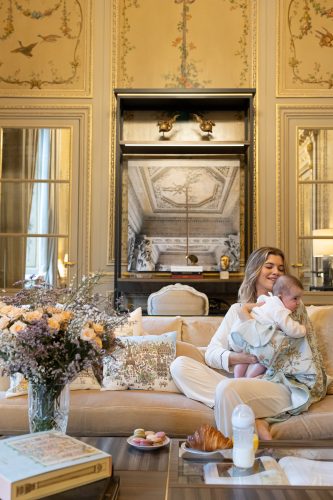
This meant undressing bébé entirely at each feed, attempting a latch for 30 minutes, and finally breastfeeding for another 30 to 45 minutes. A midwife finally urged me to give bébé a bottle of formula and I considered my third and possibly last breastfeeding journey a failure. Giving our bébé formula was the ticket to breastfeeding success. It may sound counter-intuitive, but our small bébé needed the strength to latch on better and stay awake while feeding. In hindsight, perhaps I needed a break from the pressure too, from the 30 to 45 minute breastfeeding sessions preceded by 30 minutes of trying to get a successful latch, and doing it all over again an hour later. That first bottle of formula at about 15 days, combined with pumping, led to new breastfeeding attempts that were more successful. Bébé finally had more strength and so did I. Of course, skeptics to this approach may cite nipple confusion as a complication. Bébé could, in theory, decide to reject the breast entirely when offered a bottle. It’s impossible to predict every outcome, but in this case bébé was able to switch easily between both with perfect finesse. We must not underestimate the capabilities of these tiny humans! I embraced this hybrid formula-breastmilk approach and bébé and I established our rhythm. The rhythm continues and bébé is now 13 months old, whereas I stopped breastfeeding our other two children at about nine months. I enjoy breastfeeding him in the mornings and evenings, and savor each session.
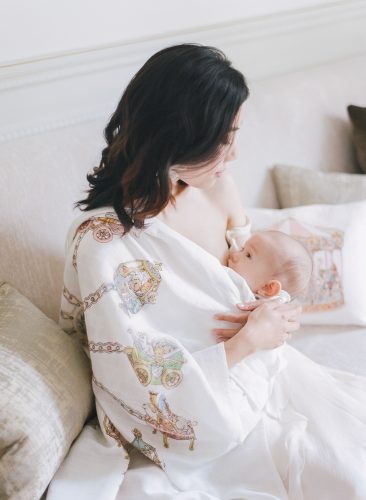


MINI | What advice would you give to first time moms?
DANIELLA | I’ve become a proponent for a hybrid approach, even if you’d like to exclusively breastfeed. I feel there is so much pressure to do one or the other, or decide before bébé arrives. If you’d like to breastfeed, it’s important to either take a class before bébé arrives or, at minimum, read about the different positions and latch techniques. Even though breastfeeding is “natural” and intuitive, there is still so much to learn. I use some great lying down positions now that I wish I had discovered with our first twochildren. Just as you prepare for breastfeeding, prepare for bottle feeding too. Choose a formula brand you like (organic, for example) and make sure it’s easily available. Do the same research for bottles. I personally like glass bottles that I can put in the dishwasher, as opposed to plastic. Perhaps you’ll end up exclusively breastfeeding, but if you encounter an issue like I did, giving formula will be no big deal. Have support lined up. Who can you call for questions? It’s ideal to have a lactation consultant or midwife available. Ideally meet with this person before bébé’s arrival. A friend or relative who has breastfed herself can also be a helpful resource. Follow bébé’s cues and try to enjoy the feeding adventure. Make eye contact with your bébé while he or she feeds, whether it’s from the bottle or the breast, and encourage your partner to be part of the feeding journey too, whenever possible. Enjoy one of the most special bonding experiences in the world! Keep a journal about this time, recording your emotions and successes. This ritual can be a nice way to alleviate stress, and you can pass your own advice and journey down to your own children, or be a source of information for others. It takes a village!

 Home Decor
Home Decor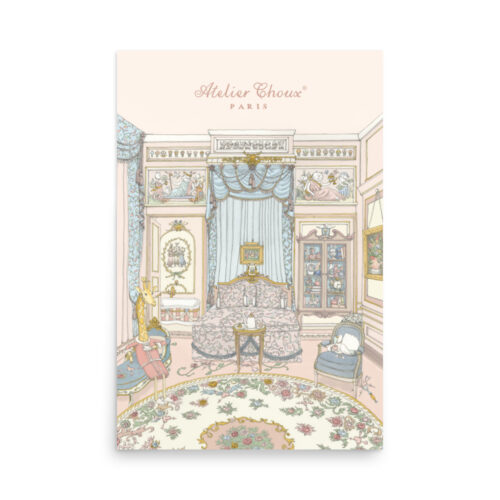
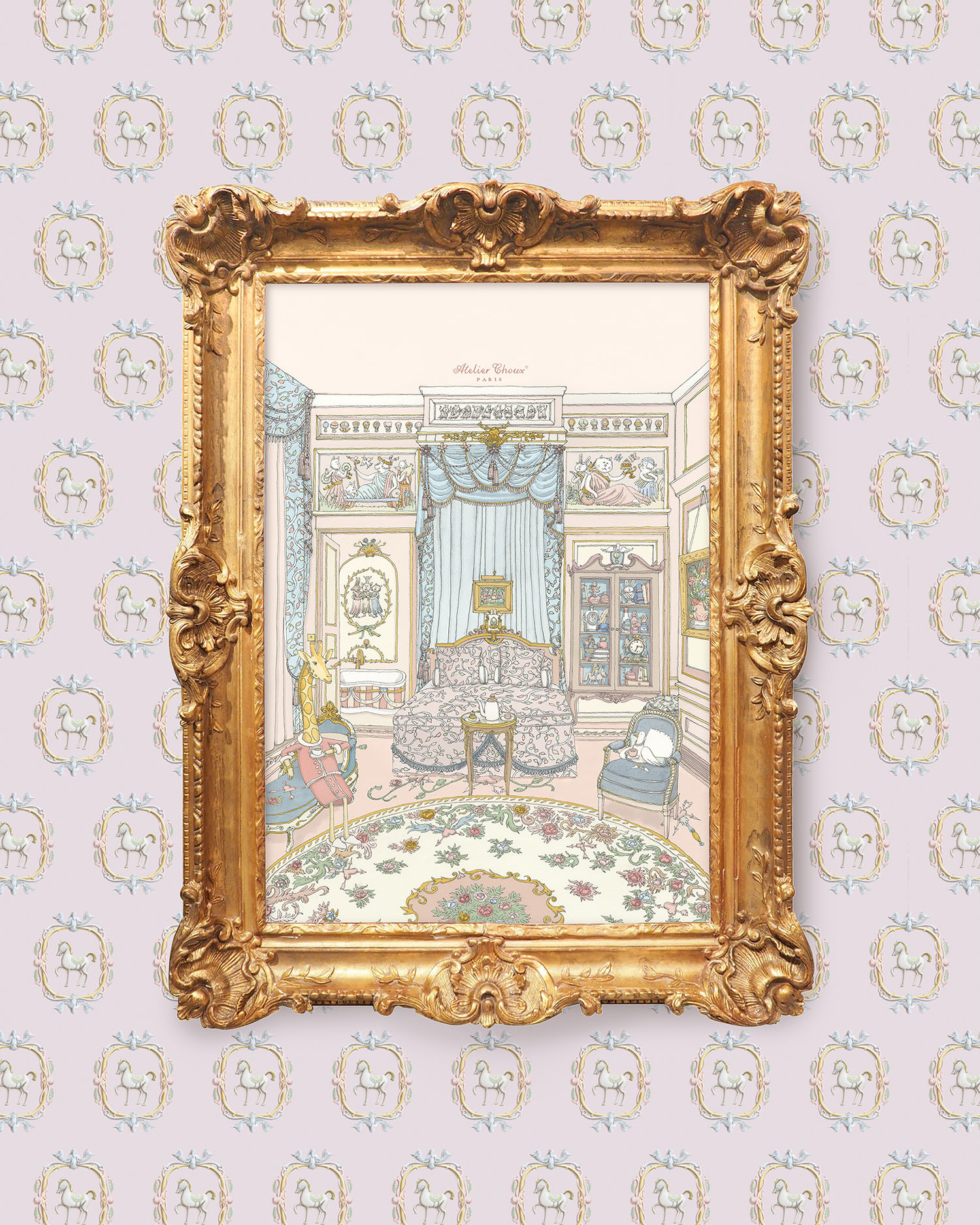
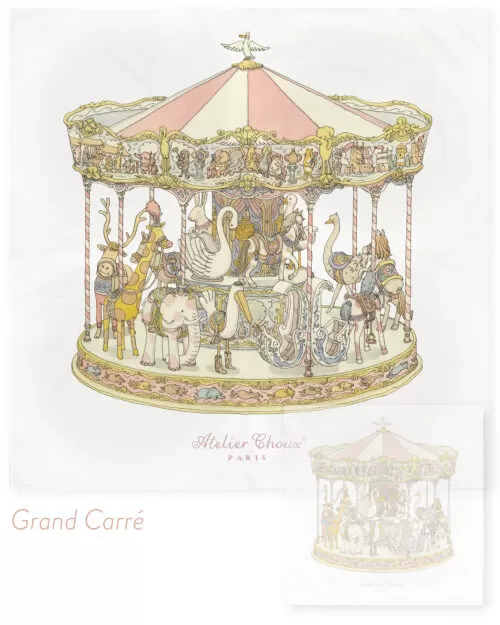
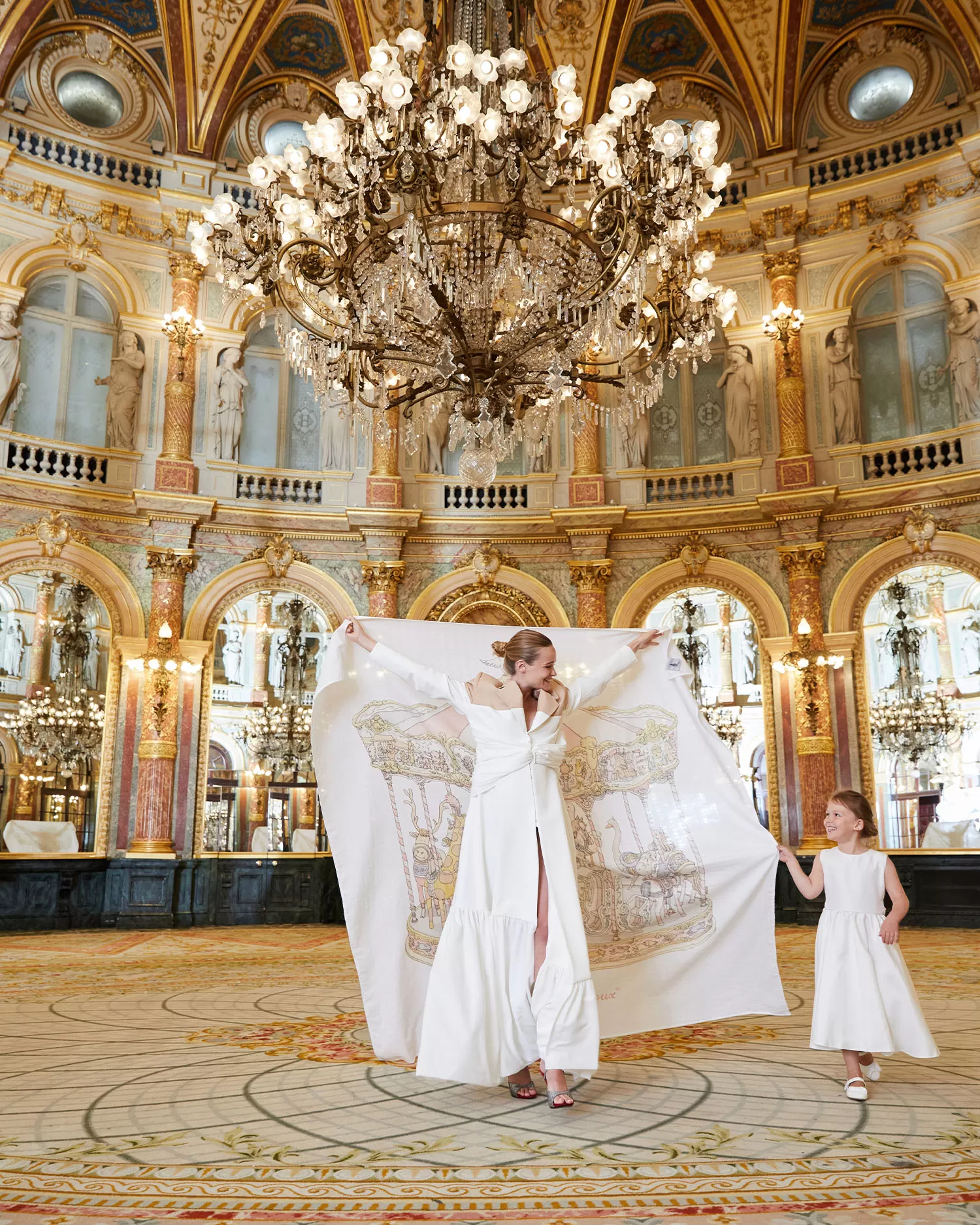
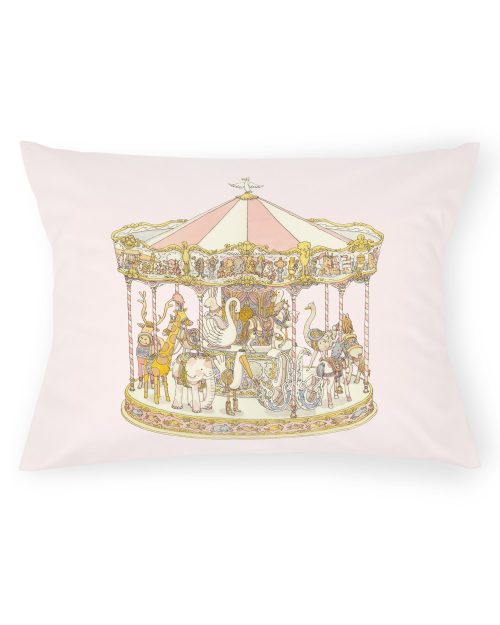

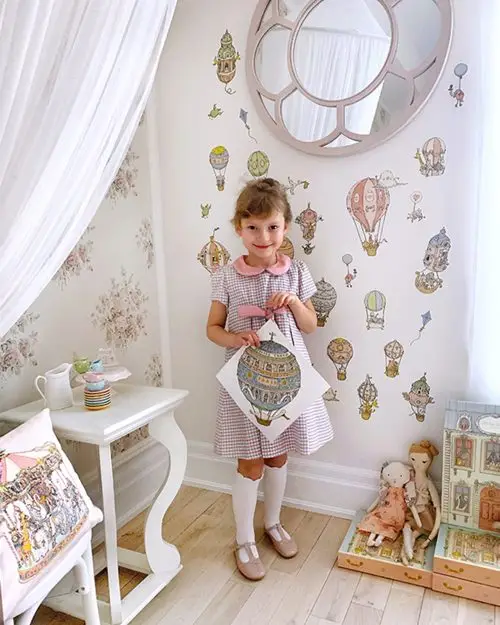
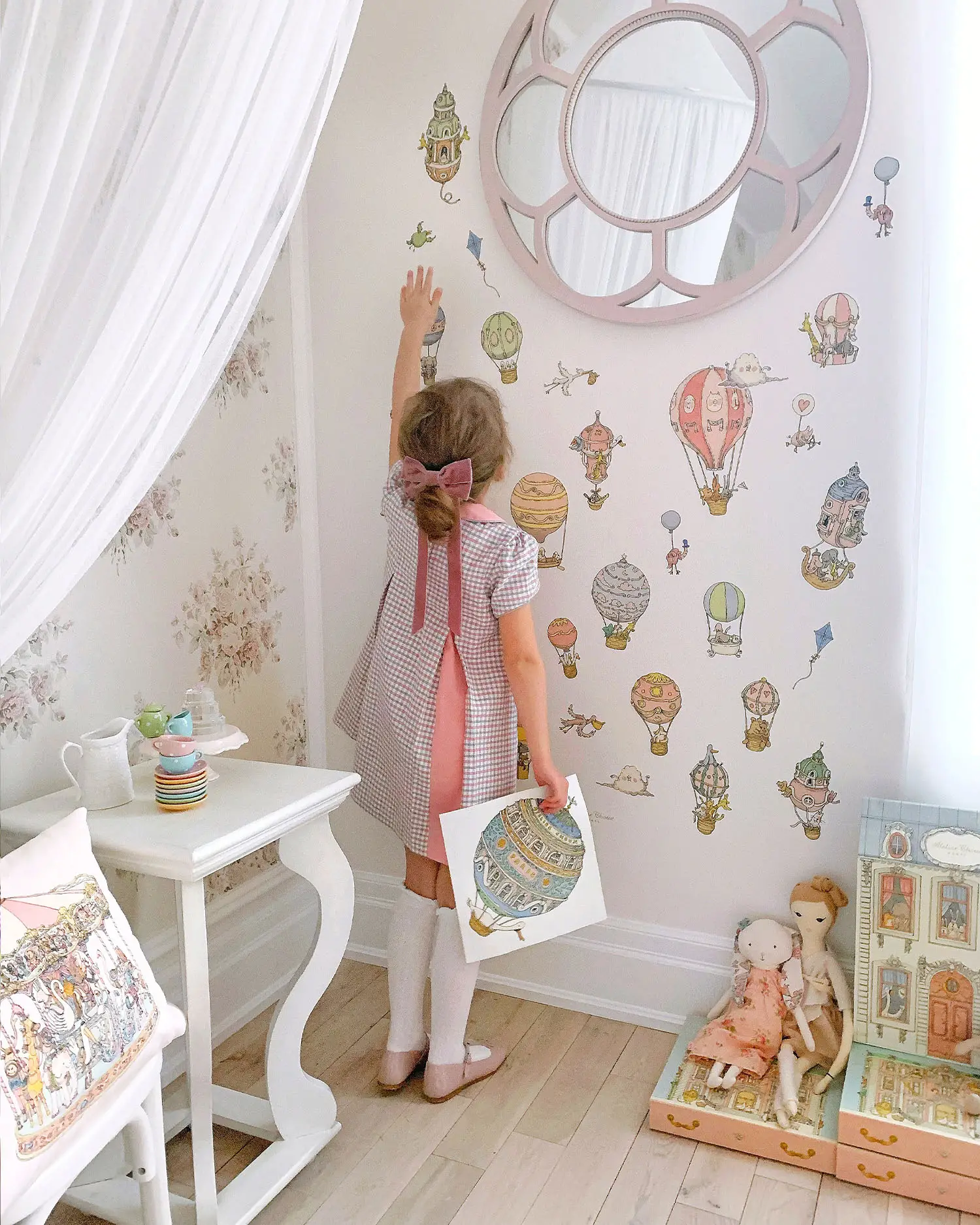
 Bedding
Bedding
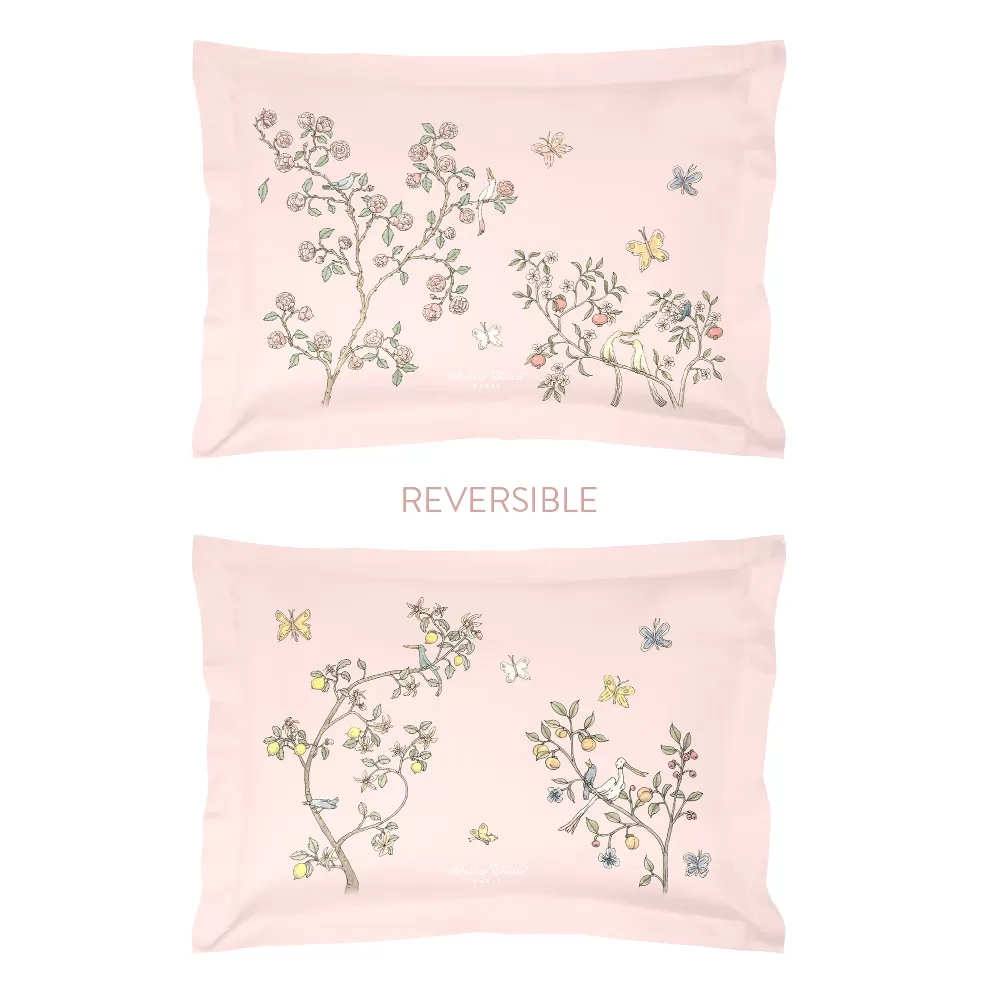
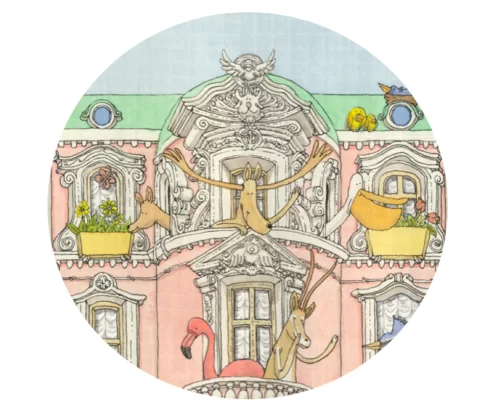
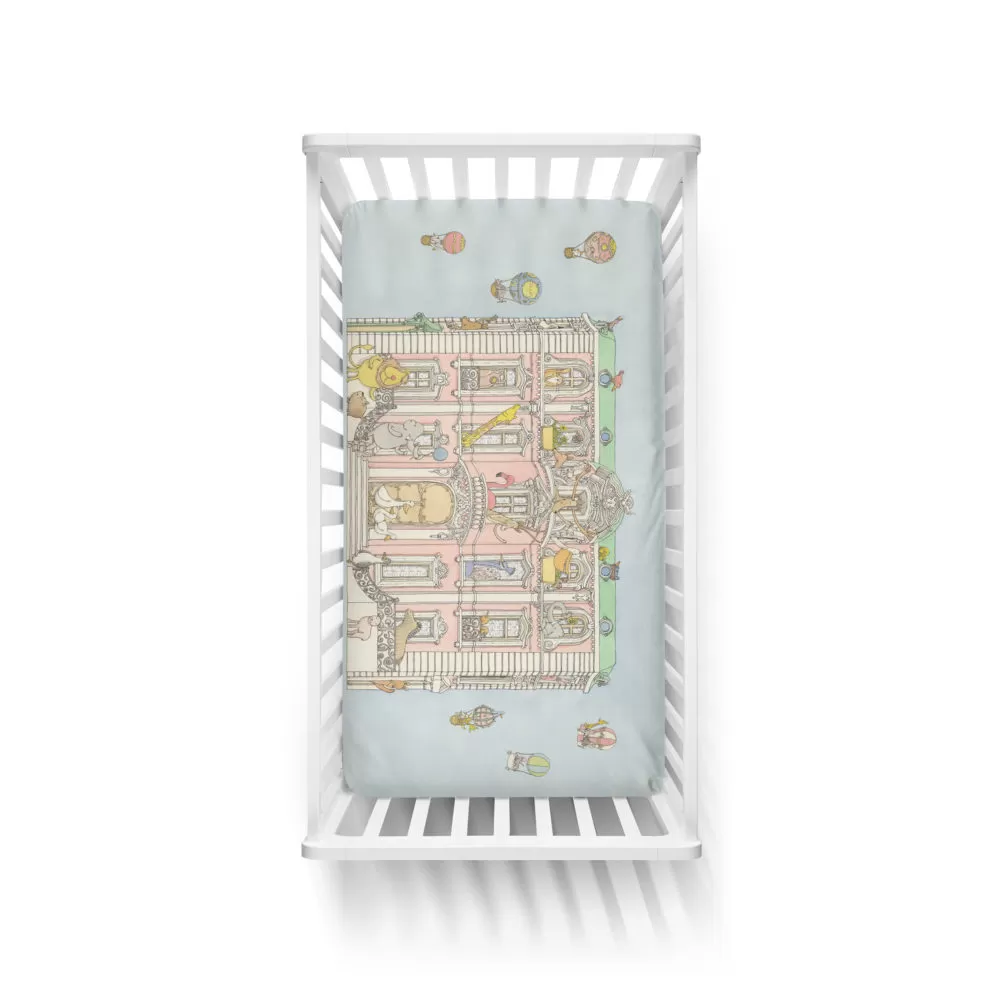
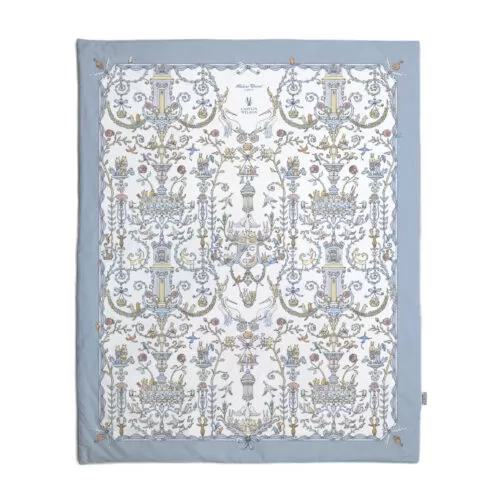

 Party
Party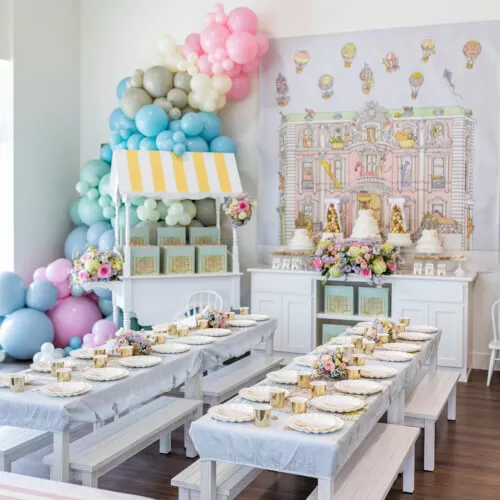

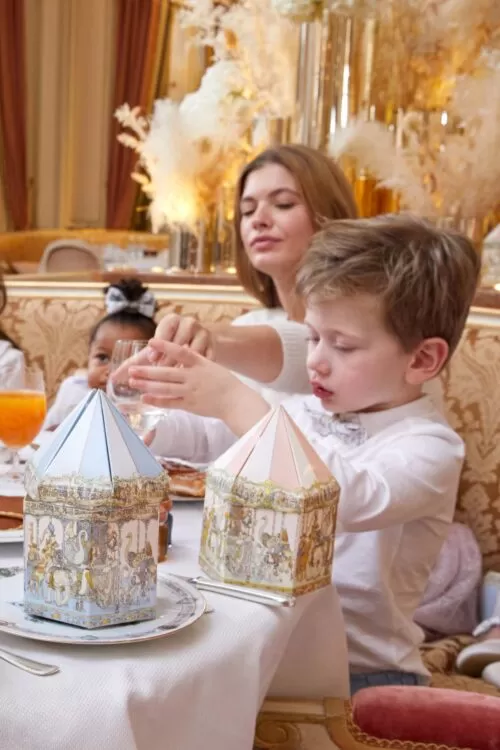
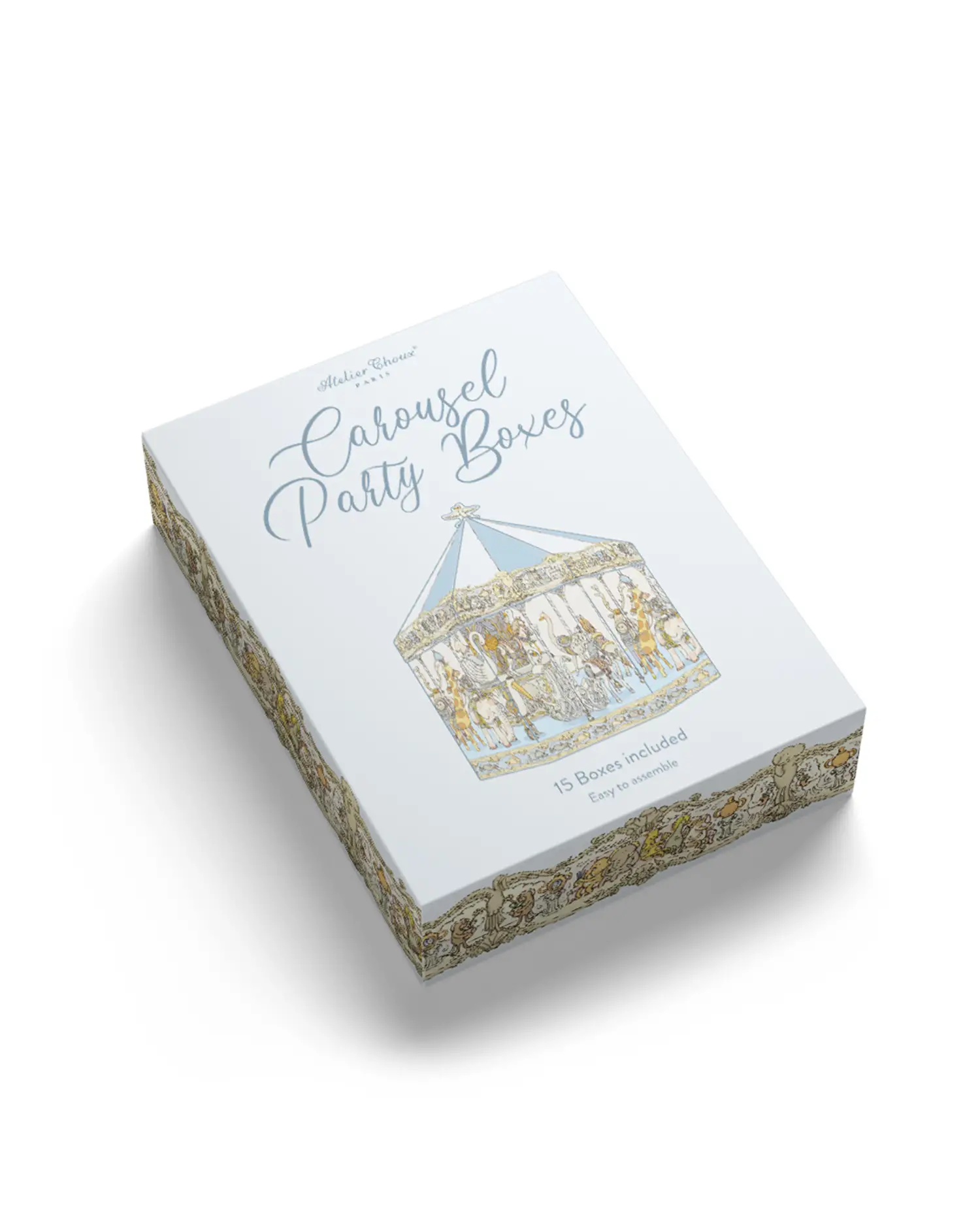


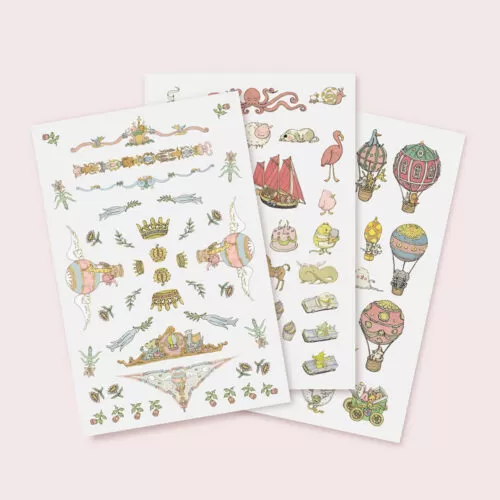
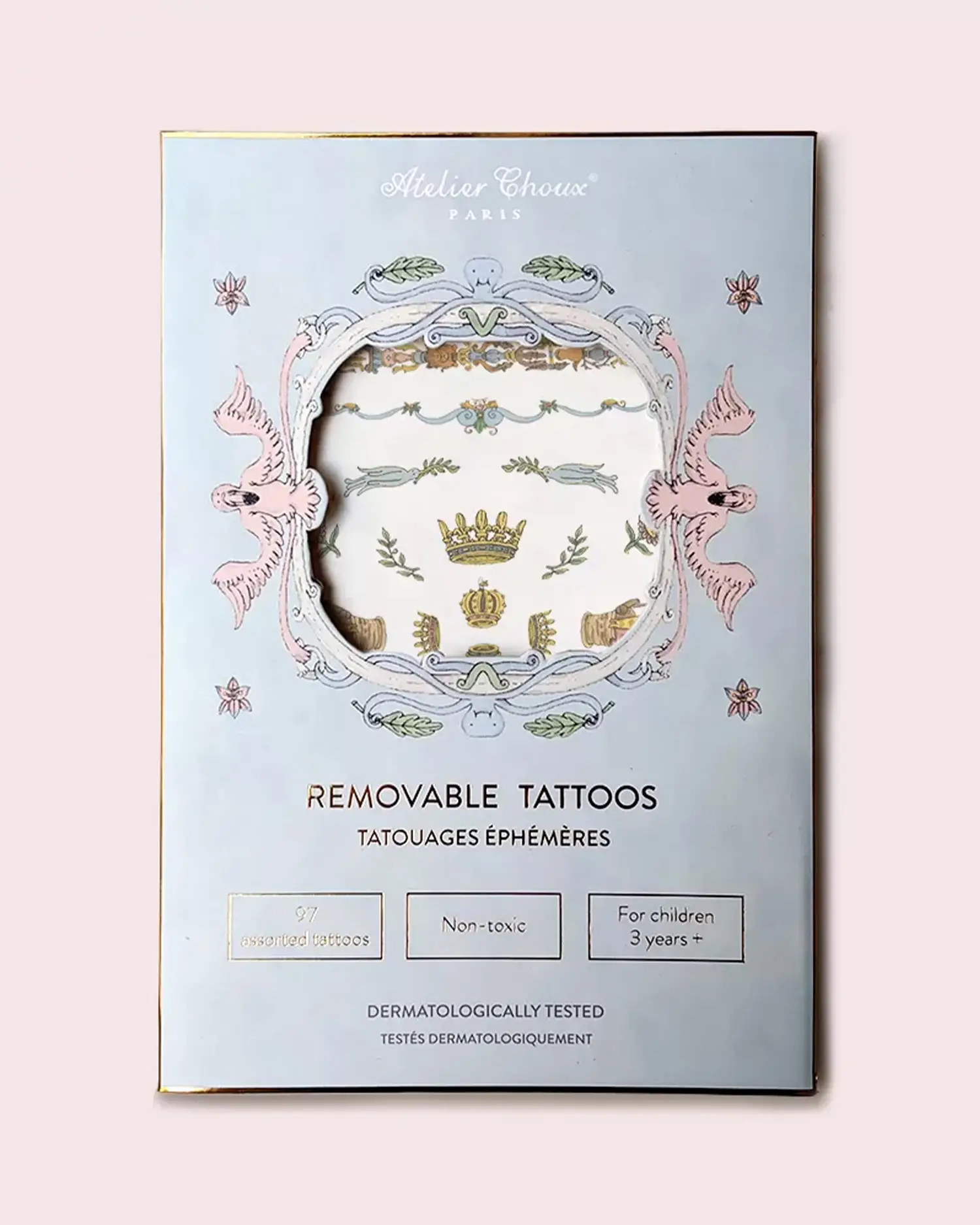
 Babies
Babies

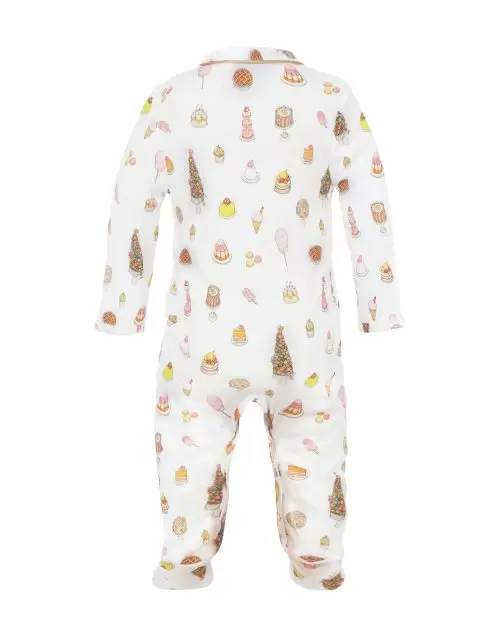
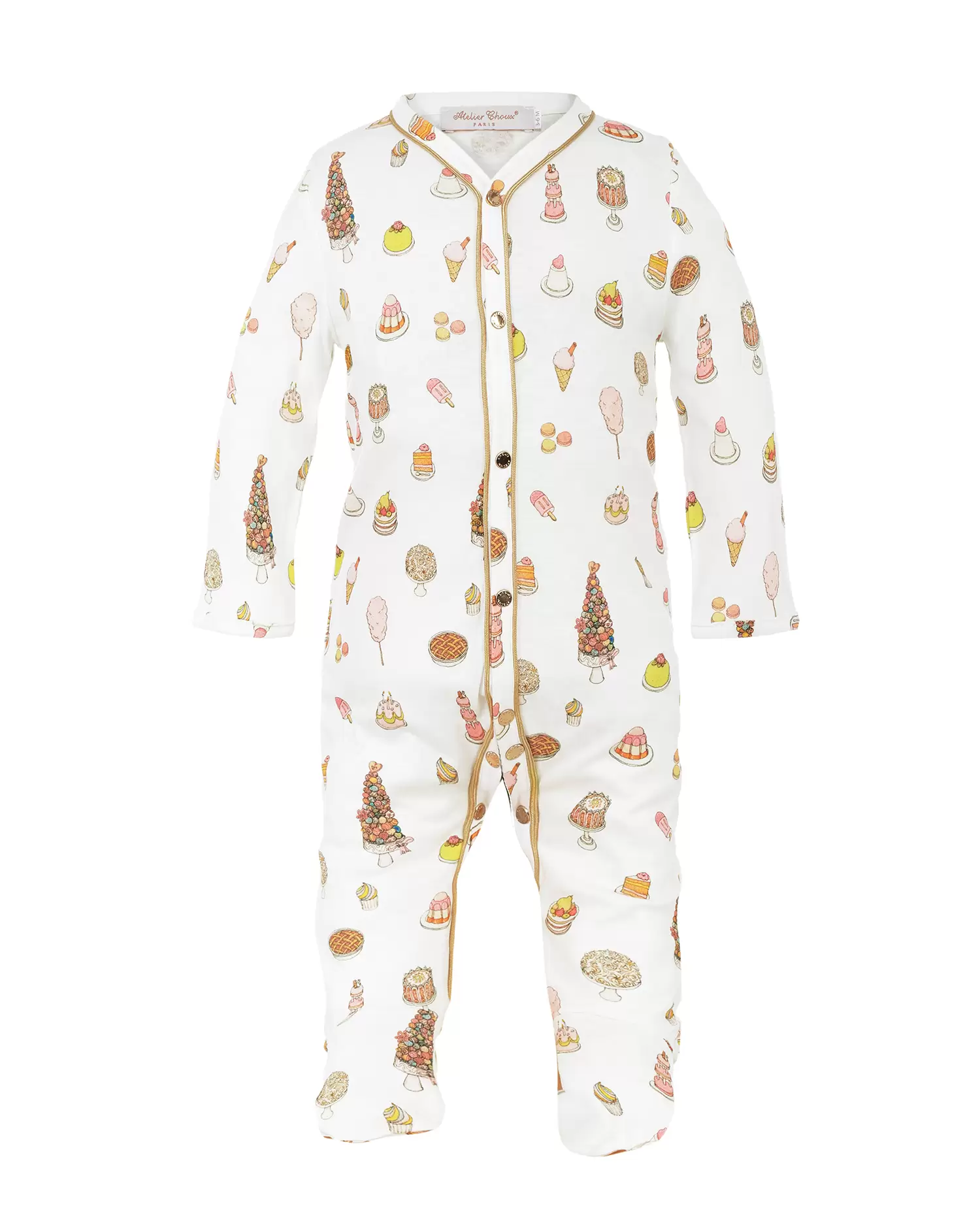
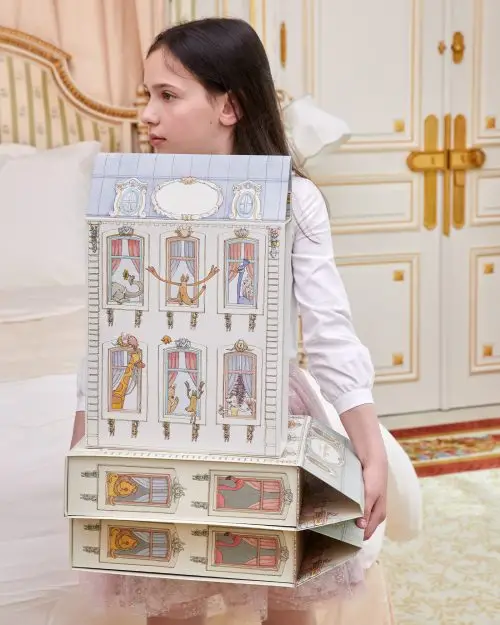
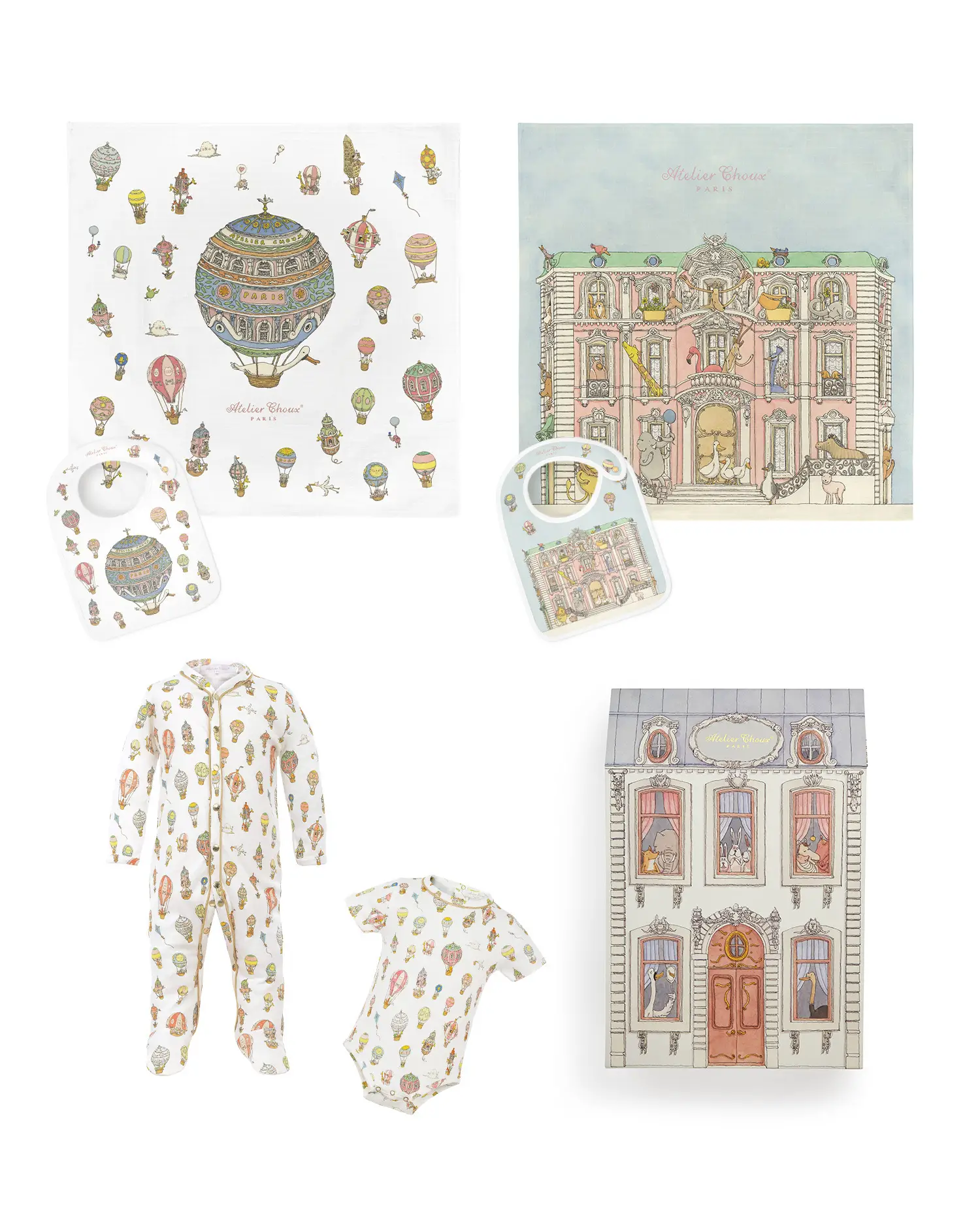
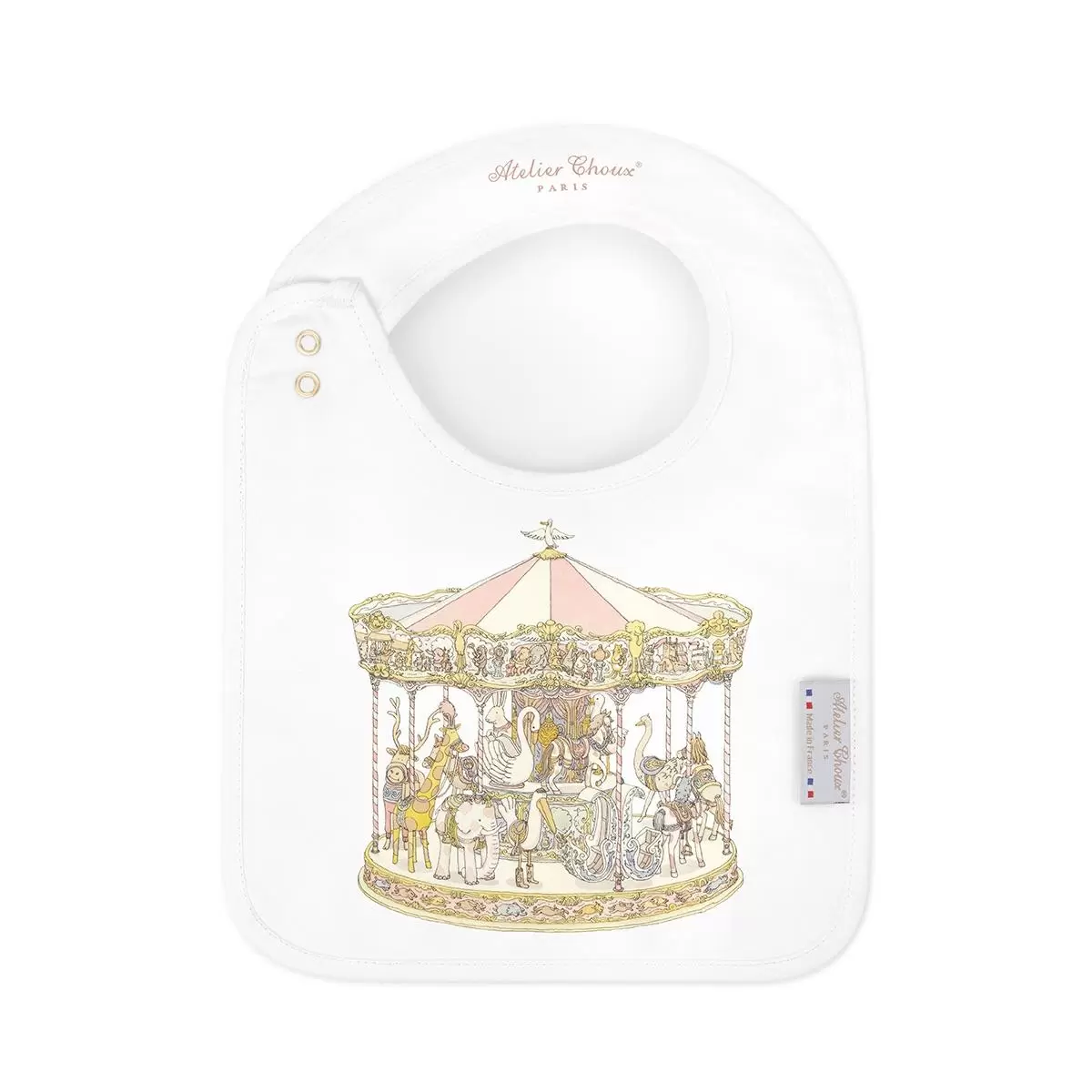

 Kids
Kids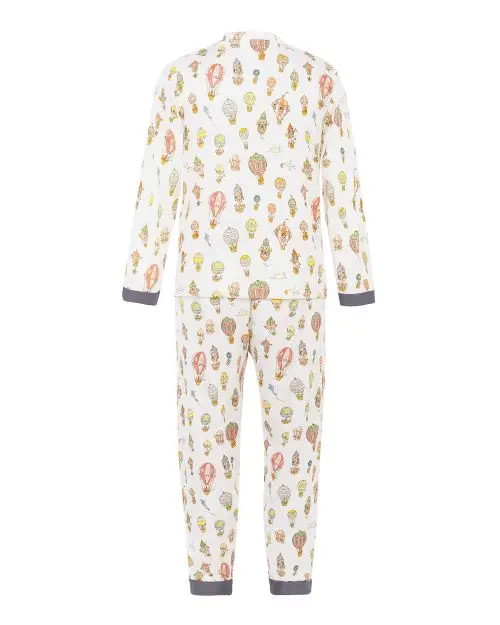
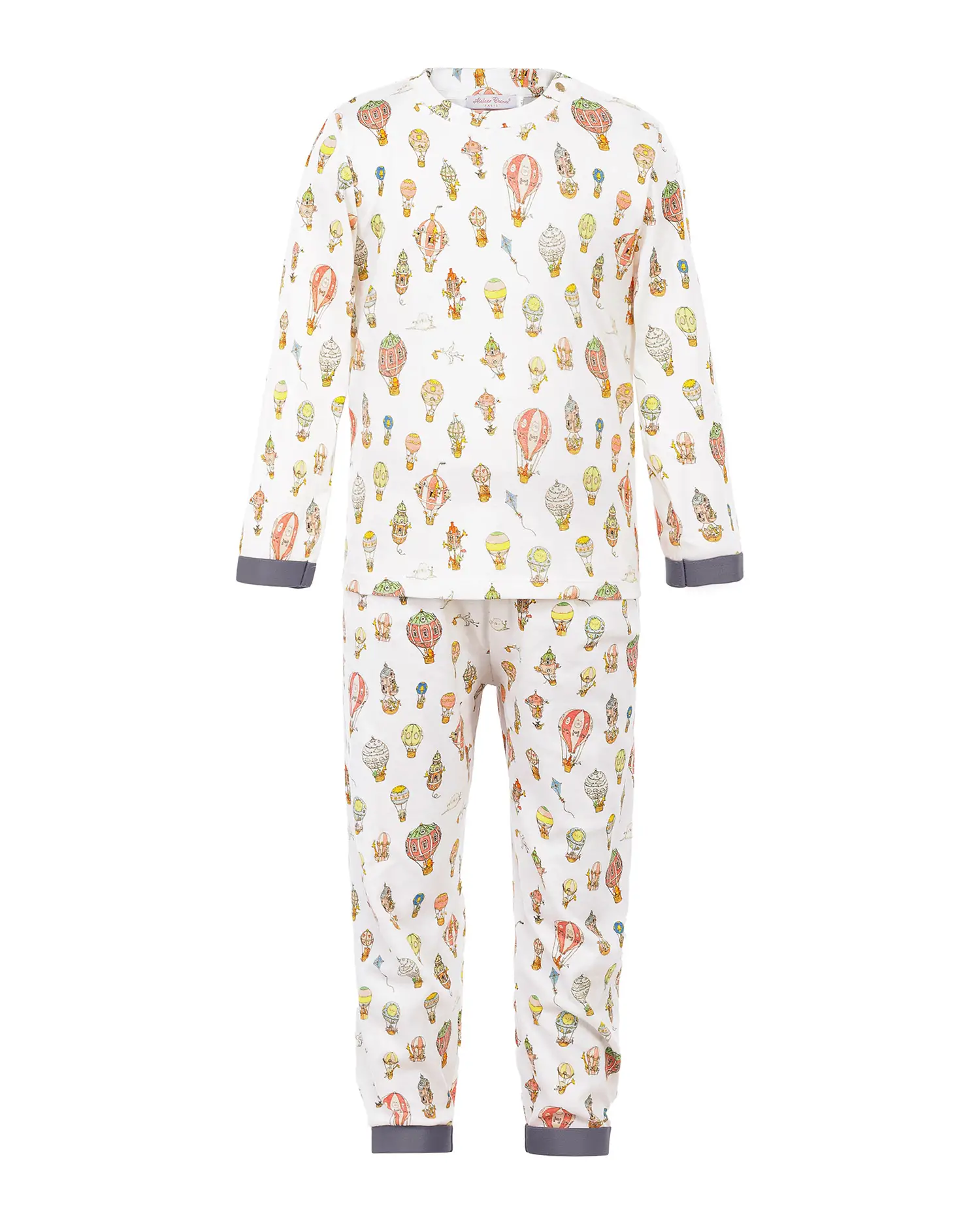
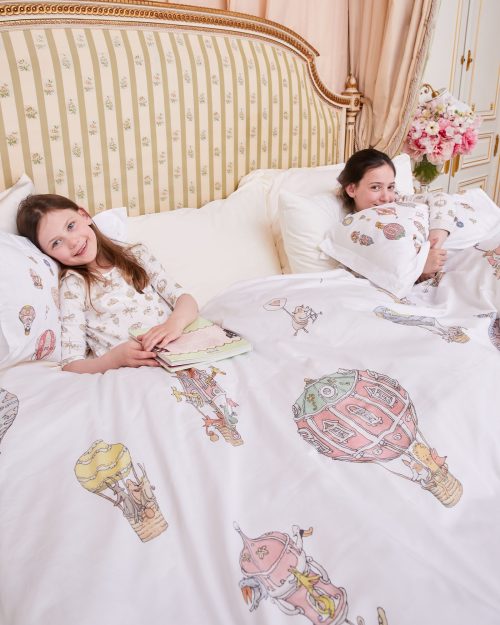
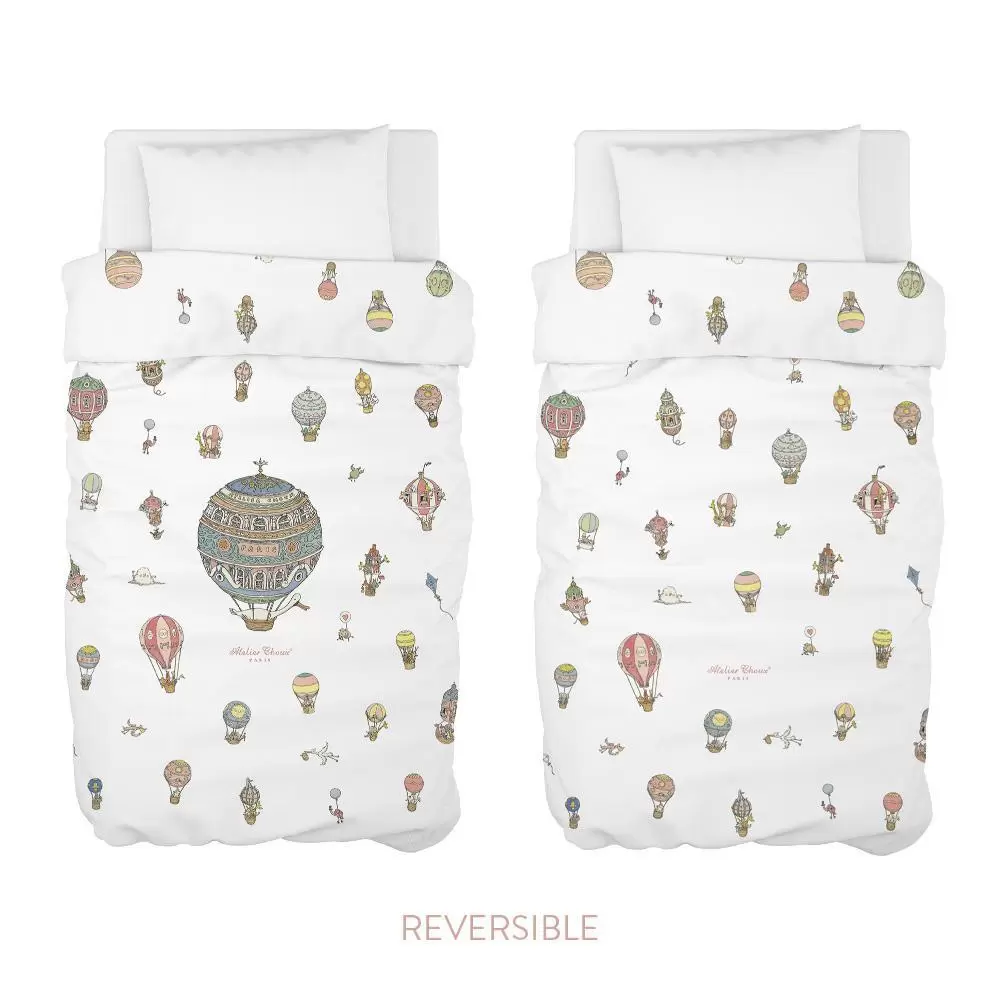

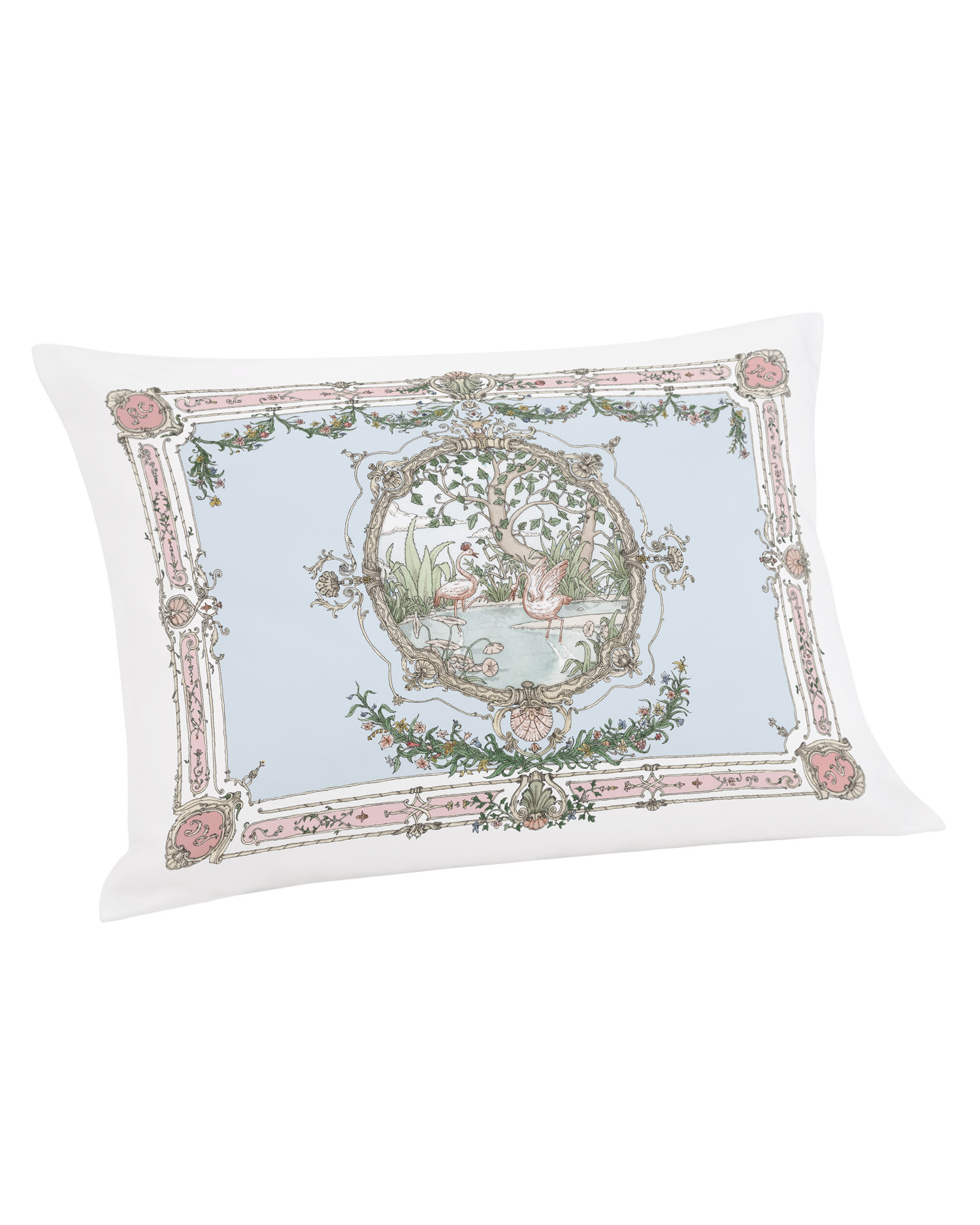
 Gifts
Gifts